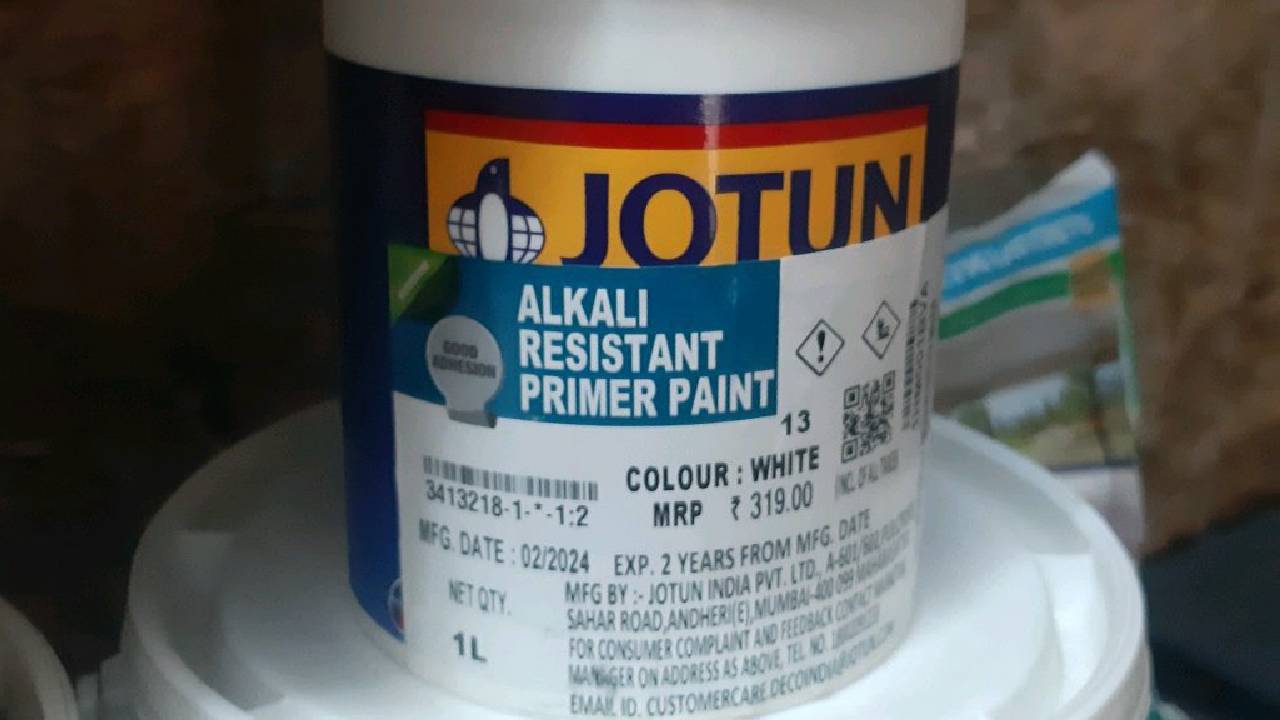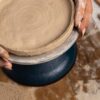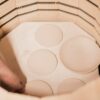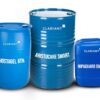When considering high heat-resistant methods to prevent extremely dangerous scenarios in a working environment you need to take responsible steps. There are many materials that are showcasing a good resistance against heat. Modern innovation has enhanced its ability to withhold these causes. Jotatemp 1000 Ceramics is one such industrial standard coating material that has made its mark everywhere. It has high heat resistance up to 1000° C, which is an extremely huge value that anything can stand. The application of Jotatemp 1000 ceramics has made its way onto pipelines and other works in industries to maintain high temperatures. This can ensure an easy workflow with all the practical mechanisms going over the threshold.
Jotun Solvalitt Vs Jotatemp 1000 Ceramics
Jotun Solvalitt is an acrylic coating that has a heat Resistance that goes up to 600° C. this high heat-resisting paint is a product of Jotun and can be used on top of any Jotun Product. Many use it as a top coat that can give extra protection from heat and other corrosive issues. It can also be used as a primer and as a midcoat in any insulated or non-insulated surfaces. The versatile nature is very much appreciated by many in industrial usage. It is primarily a paint that has a quality to resist heat. On the other hand, you have Jotatemp 1000 ceramic coating which can resist heat up to 1000° C. Not just about the increased threshold in heat resistance. It can also go up to a freezing point of -196°C in extreme cold. This feature gives Jotatemp 1000 an upper hand in Industrial usage because the mechanism has to cope with typical temperature shifts. You cannot always make changes to the system. So this coating is surely making an impact in the field.
Jotachar JF750 Vs Jotatemp 1000 Ceramics
Jotachar JF750 is an epoxy component that is used as the coating substance. It is mainly used in the oil and energy industries to maintain the proper functions of the machinery. The substance is generally used as a midcoat and has a wider range of applications with fire protection. It can take up to a time of 1 hour to dry up at room temperature. It can vary with the cold properties the surface possesses. The heat resistance offered will be anywhere between 95° C to 150° C. As an alternative for Jotatemp 1000 Ceramic, it will not be an adequate option. It has one-tenth of the high-temperature capacity of Jotatemp 1000 Ceramic. You will need to add a top coat to add more fire-protective layers.
Steelmaster 1200WF Vs Jotatemp 1000 Ceramics
The substance is a waterborne coating that ensures the option of fire protection. Unlike any of the other coating materials here, Steelmaster 1200WF is completely water-based. It offers a fire protection time of 120 minutes due to its easy application of thin film. The process requires you to apply a very thin coat over the steel substrate. More than just the fire-resistant layer, it can act as a cover from all the moisture and air particles that can bring serious damage to the material. Jotatemp 1000 ceramics also guarantee a protective layer that is beyond heat resistant. It becomes a shield in protecting the steel or aluminium substrate from corrosion and humidity.
Jotatemp 650 Vs. Jotatemp 1000 Ceramics
Jotatemp 650 is the one below Jotatemp 1000 with its high heat resistance highlighted to be at 650° C. Both have all the remaining features, including the capacity of coldness up to -196° C. They are used as a primer or a finish coat to get a protective layer that can stand strong in difficult weather and harsh humidity. The heat which it can maintain its state for the application can be up to 400° C. At room temperature, they will require two hours to completely dry up. You must be needing proper assistance in dealing with the application.
Epoxy and Silicone coating Vs Jotatemp 1000 Ceramics
The heat capacity of the Epoxy HR is 150° C to 200° C which is far less than the resistance provided by the jotatemp 1000. But it can get to the lowest temperature up to -196° C which is the same as the latter. The substance can be used in both insulated and non-insulated substrates, mainly steel and aluminium. They are chemically resilient because of the silicone resins and other substances it is made up of. The industrial purposes include the pipelines and steel bars which are used to transport the elements. More than that Epoxy HR is beneficial for its water-resistant nature which will make it free from corrosion. They are widely used as a mid-coat or as the finish coat.
Types of heat-resistant coatings
Powder Coating: Among all the types of coating, the powder coating is the most easy to apply. The substance is completely powdered with resin and particles that can be just applied to the intended object without any assistance. It is famous for its durability in keeping the material protected under different circumstances.
Silicone Coating: the silicone resins project a great balance of fire protection and corrosion-free nature which can give a long-lasting effect. They are mainly known as the adhesives that can withhold the heat emitted in industrial pipelines.
Ceramic Coating: ceramics are the best form of adhesives that can hold onto extreme heat issues. They can be ensured by leaving a great amount of heat to leave with it for a long time. The application will be mainly in the form of liquid which is calculated by layers of coating.
Conclusion
Even with competition that is strong with each and every feature separately, the Jotatemp 1000 Ceramic keeps the highest resistance in ceramic coating. Its Versatile functionality makes it more durable and reliable than any other adhesive source. Each primer substance has its own ability to hold onto its threshold. Keeping your working environment safe with the appropriate adhesive is what makes the difference.













